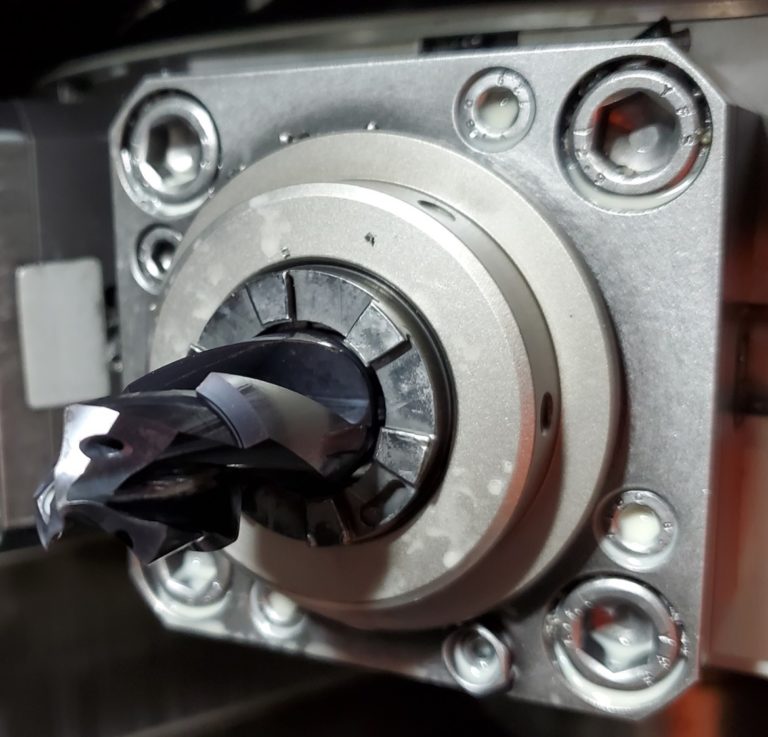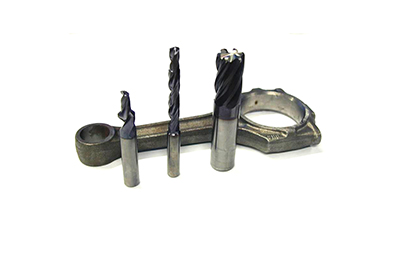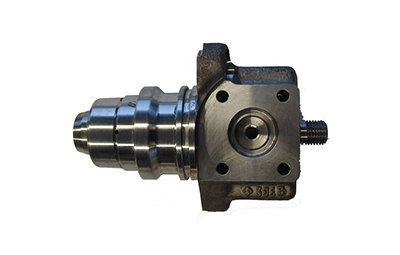A previously drilled hole can be finished or enlarged using the finishing technique of reaming. Because they create incredibly accurate holes, multi-edged tools are used to do this. Drilling is followed by the process of reaming, which only removes a small amount of material. This article can serve as a guide when you want to learn more about CNC reaming or reamers.
CNC reamers are used as a finishing process. High performance reamers are multi bladed tools used for sizing and finishing of holes. They are a particular type of precision-varying class of rotary cutting tools used in metalworking. They are subdivided into two categories: precision and non-precision reamers. Precision reamers obtain significantly greater accuracy and smoothness in the CNC-generated parts. In contrast, non-precision reamers are often primarily employed for burr removal and uncomplicated expansion. Some common types of reamers are:
Hand Reamers
To improve part fit during assembly, hand reamers are frequently employed. The extended taper lead is the defining feature of these reamers. It also prevents canting and ensures precise hole guidance. The reamers are inserted into the holes using the milled square as a guide, and a tap wrench is spun clockwise while applying light pressure.
High Performance Reamers
Benefits of CNC Reaming
- In ideal conditions, CNC reaming is carried out at a speed and feed rate of one-third and two-thirds, respectively, of drilling.
- Low cost of equipment and tools.
- Center drilling, boring, and reaming to complete size produce the most accurate holes.
- It also allows for the consistent production of more holes of high quality.
- When drilling a hole into priceless alloys like titanium and Inconel, CNC reaming or reamers are the ideal choices since they produce better-finished products and have lower scrap rates.
Are you interested in High Performance Reaming? Don’t hesitate to reach out to Monaghan Tooling today! Our team of reaming and burnishing experts are ready to help.




